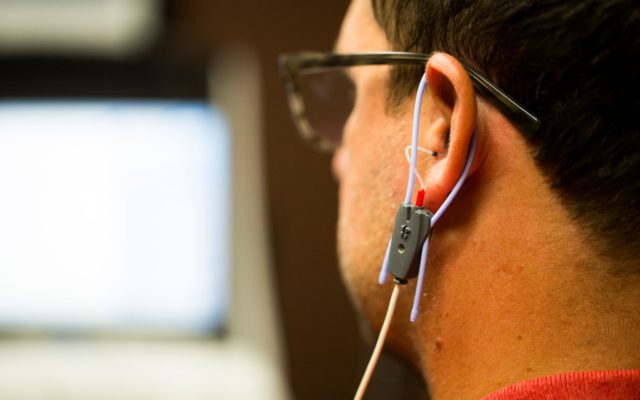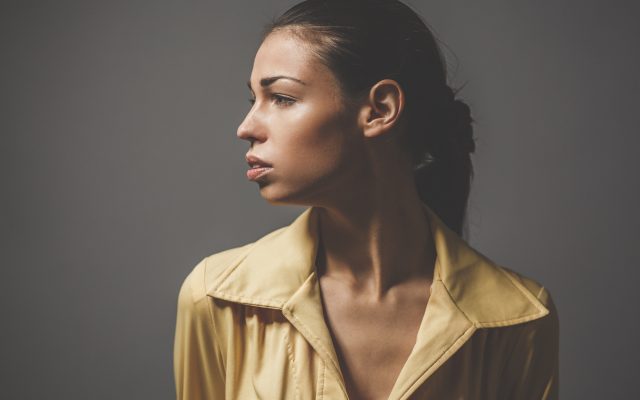
Now Scheduling Primary Care Appointments Online. Book Now.
Hearing Loss Prevention
Generally speaking, we naturally lose our hearing as we age. In fact, an estimated one third of Americans between the ages of 65 and 74, and almost half of individuals over 75 have hearing loss. Although we have no control over the effects of aging on our hearing, we do have the ability to prevent hearing loss caused by exposure to harmful levels of noise.
Most people are aware that they should avoid or protect their hearing when around extremely loud sounds, such as those produced by firearms, jet engines, or jackhammers. These sounds can lead to hearing loss, even if the time of exposure is relatively brief. However, what many people don’t know is that less intense sounds can still lead to hearing loss, particularly if you’re exposed to them repeatedly for long periods of time (such as while at work). In fact, the National Institute for Occupational Safety and Health (NIOSH) estimates that roughly 22 million U.S. workers are exposed to hazardous levels of noise while on the job.
You’ve probably heard about basic hearing protection devices (roll down foam earplugs or ear muffs), but if you’re like a lot of people, you might now know exactly when it becomes important to protect your hearing. A common perception is that sounds below 85 dB are safe. NIOSH has stated that the MAJORITY of workers (92% of people, the other 8% are especially sensitive to hearing loss) are able to be exposed to 85 dB of noise over an 8-hour period before reaching 100% of their daily allotted “dose” of noise. However, this cut-off limit assumes that you work only five 8-hour shifts per week and that you’re spending the remaining 16 hours of your work days and days off in quieter conditions. In other words, this doesn’t account for the fact that you might be attending a noisy concert or sporting event, sitting at a loud bar, or using power tools. A more conservative limit was recommended in a report by the U.S. EPA, which suggests that you limit yourself to an average of 70 dB in a 24-hour period.
Obviously, not everyone wants to carry a sound level meter with them wherever they go, so we have some general guidelines that can help. For example, we recommend that you wear hearing protection whenever you’re:
- Around loud machinery
- Using power tools
- Mowing the lawn
- Using firearms
- Attending concerts.
Additionally, any time you walk away from a noisy environment and your ears are ringing and/or your hearing seems muffled, it’s safe to assume that you should use hearing protection next time you’re in situations like that.
Most people use roll down foam earplugs or ear muffs, which is great, but it’s important to remember that these won’t provide as much noise reduction if you’re not using them properly. For example, the roll down foam earplugs are designed to sit well into the ear canal. If you don’t put them in deep enough, they will not attenuate the noise as well. Also, when using ear muffs, keep in mind that hats, glasses, facial hair, etc. can sometimes interfere with the seal and allow noise to leak in.
At Oaklawn Medical Group – Ear, Nose & Throat we offer custom hearing protection options. While more expensive than foam plugs and lower end ear muffs, they are durable/reusable and ensure that you’re getting a consistent fit and seal every time. They also come in custom colors and can be tailored for specific applications, such as motorcycle riding and hunting. There are even custom plugs designed to help you sleep better (for those living with snorers), as well as plugs to help you hear music clearly, but at quieter levels when attending concerts. Professionals such as dentists and music teachers can also benefit from these “concert plugs.”
If you’re interested in doing more research on your own, you can click here or here. You can also contact our office to set up an appointment and we’ll be happy to discuss hearing loss prevention with you!
